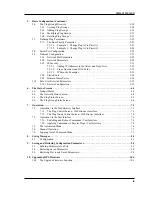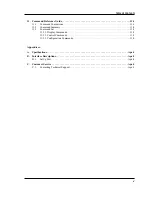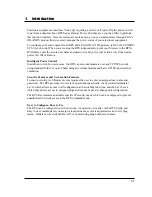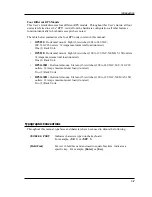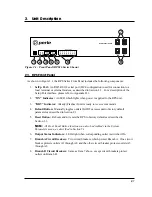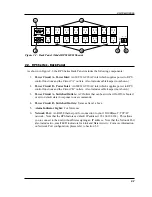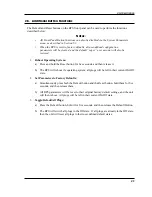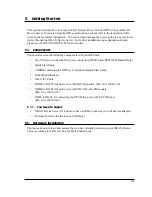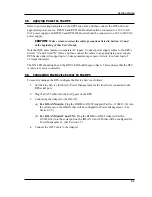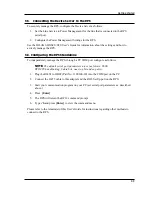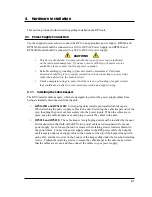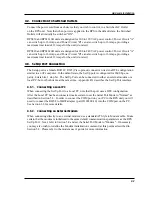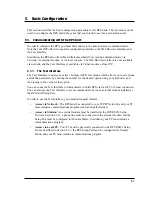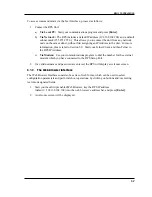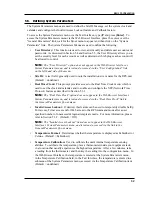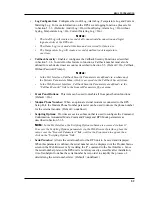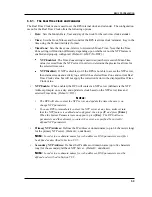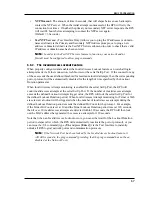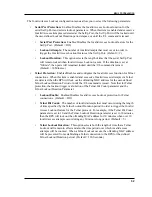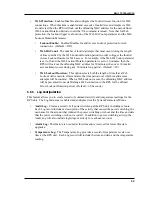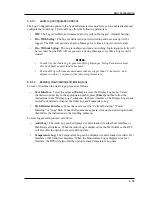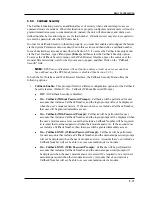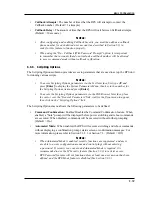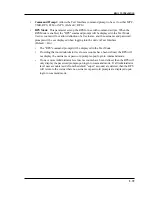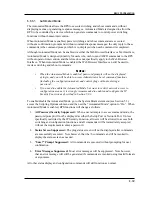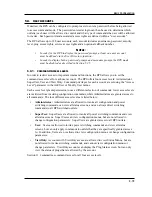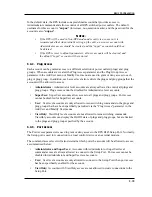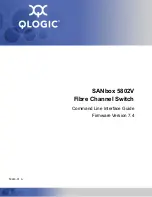
5-1
5. Basic Configuration
This section describes the basic configuration procedure for all RPS units. This procedure can be
used to reconfigure the RPS unit in the event that you intend to use it as a stand-alone unit.
5.1. Communicating with the RPS Unit
In order to configure the RPS, you must first connect to the unit, and access command mode.
Note that, the RPS offers two separate configuration interfaces; the Web Browser Interface and
the Text Interface.
In addition, the RPS also offers three different methods for accessing command mode; via
network, via external modem, or via local console. The Web Browser interface is only available
via network, and the Text Interface is available via Telnet, modem or local PC.
5.1.1. The Text Interface
The Text Interface consists of a series of simple ASCII text menus, which allow you to set options
and define parameters by entering the number for the desired option using your keyboard, and
then typing in the value for that option.
You can to use the Text Interface to communicate with the RPS via local PC or Telnet connection.
You can also use the Text Interface to access command mode via an external modem installed at
the RPS serial Setup Port.
In order to use the Text Interface, your installation must include:
•
Access via Network:
The RPS must be connected to your TCP/IP Network, and your PC
must include a communications program (such as HyperTerminal.)
•
Access via Modem:
An external modem must be installed at the RPS RS232 Setup
Port (see Section 4.3.2), a phone line must be connected to the external modem, and the
Setup Port must be configured for Modem Mode. In addition, your PC must include a
communications program.
•
Access via Local PC:
Your PC must be physically connected to the RPS RS232 Setup
Port as described in Section 4.3.1, the RPS Setup Port must be configured for Normal
Mode, and your PC must include a communications program.

